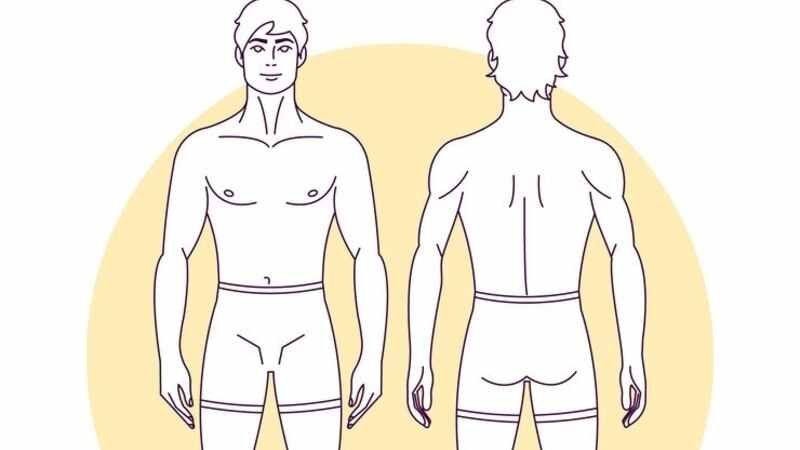Drawing is more than just an art form; it is a medium for expression, communication, and creativity. Whether you’re a beginner aiming to sketch simple shapes or an experienced artist refining your technique, mastering the essentials of drawing:c0sv-up_7ga= body can elevate your skills to the next level. In this guide, we will explore the fundamental tools, techniques, and practices to enhance your drawing abilities.
The Importance of Mastering Basic Drawing Techniques
Before diving into complex illustrations, it’s crucial to understand the foundational techniques that form the backbone of any great drawing. These include:
1. Line Drawing
Lines are the simplest yet most versatile elements in art. Mastery of straight, curved, and broken lines allows for the creation of forms, textures, and motion in art. Practice exercises like:
- Drawing continuous lines.
- Varying line weights for depth and emphasis.
- Experimenting with cross-hatching for shading.
2. Perspective and Proportion
Creating realistic art relies on understanding perspective and proportion. This involves:
- Learning one-point, two-point, and three-point perspectives to create depth.
- Using grids to measure relative sizes.
- Practicing with simple objects like cubes and spheres.
3. Shading and Texturing
Adding shadows and textures makes a drawing:c0sv-up_7ga= body more lifelike. Focus on techniques like:
- Hatching and cross-hatching for controlled shading.
- Blending with tools such as stumps or your fingers.
- Exploring stippling or pointillism for unique textures.
Essential Tools for Every Artist
Your choice of tools can greatly influence your art. Investing in high-quality materials ensures better results and enhances your learning experience. Below are the essential tools every artist should consider:
1. Pencils
Pencils come in various grades, typically ranging from 9H (hard) to 9B (soft). For beginners, start with:
- HB for light sketching.
- 2B-4B for shading and details.
- 6B or softer for darker tones.
2. Erasers
Erasers are not just for mistakes; they also add highlights and refine details. Consider:
- Kneaded erasers for subtle adjustments.
- Vinyl erasers for clean, precise erasing.
- Electric erasers for intricate detailing.
3. Paper
The type of paper affects texture and finish. Opt for:
- Sketchpads for practice.
- Bristol paper for detailed and professional work.
- Watercolor paper if using wet mediums.
4. Additional Tools
- Rulers and compasses for geometrical precision.
- Charcoal sticks and pastels for dynamic, expressive lines.
- Blending stumps to smooth shading seamlessly.
Step-by-Step Guide to Improving Your Drawing Skills
Whether you’re just starting or looking to enhance your craft, consistent practice is key. Follow these steps to build a solid drawing routine:
1. Start with Simple Shapes
Break complex objects into basic shapes like circles, squares, and triangles. This helps in understanding proportions and spatial relationships.
2. Focus on Observation
Great art begins with keen observation. Spend time:
- Studying light and shadow in real-world objects.
- Observing proportions in human anatomy or natural landscapes.
- Sketching objects from multiple angles.
3. Practice Gesture Drawing
Gesture drawing:c0sv-up_7ga= body is the act of capturing the essence of a subject quickly. It helps in improving speed, fluidity, and confidence.
- Set a timer for 30-60 seconds.
- Sketch live models or photos with loose, continuous lines.
4. Refine Your Work
Once the initial sketch is complete, refine it with precise lines, detailed textures, and accurate shading. This step adds depth and professionalism to your art.
Common Mistakes to Avoid While Drawing
Every artist makes mistakes, but avoiding common pitfalls can accelerate your progress. Here are errors to watch out for:
- Skipping Basic Skills: Advanced techniques won’t work without a strong foundation.
- Overworking the Drawing: Adding too much detail can clutter the artwork.
- Ignoring Light Sources: Consistent lighting improves realism.
- Using Cheap Materials: Low-quality tools can hinder progress and produce inconsistent results.
How to Stay Inspired and Motivated
Artistic slumps are common, but overcoming them is possible with the right strategies. Here’s how to stay inspired:
- Join Art Communities: Share your work and receive constructive feedback.
- Follow Art Challenges: Participate in events like Inktober to build consistency.
- Explore Different Styles: Experimenting keeps creativity alive.
Final Thoughts: Elevate Your Drawing Skills
Drawing:c0sv-up_7ga= body is a journey of constant learning and self-expression. By mastering basic techniques, investing in quality tools, and committing to regular practice, you can unlock your artistic potential. Whether for personal satisfaction or professional pursuits, let every line you draw bring you closer to your creative goals.
